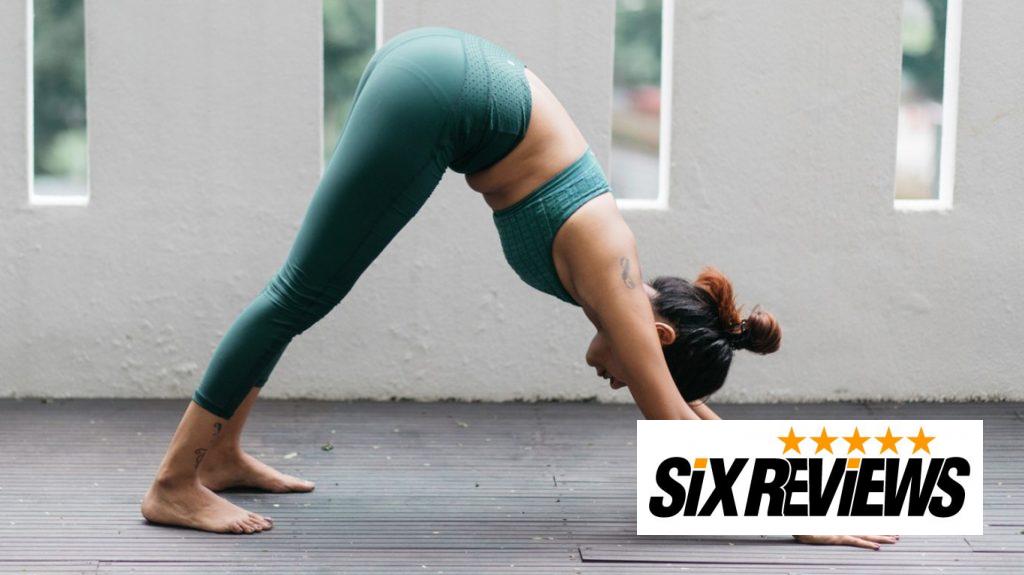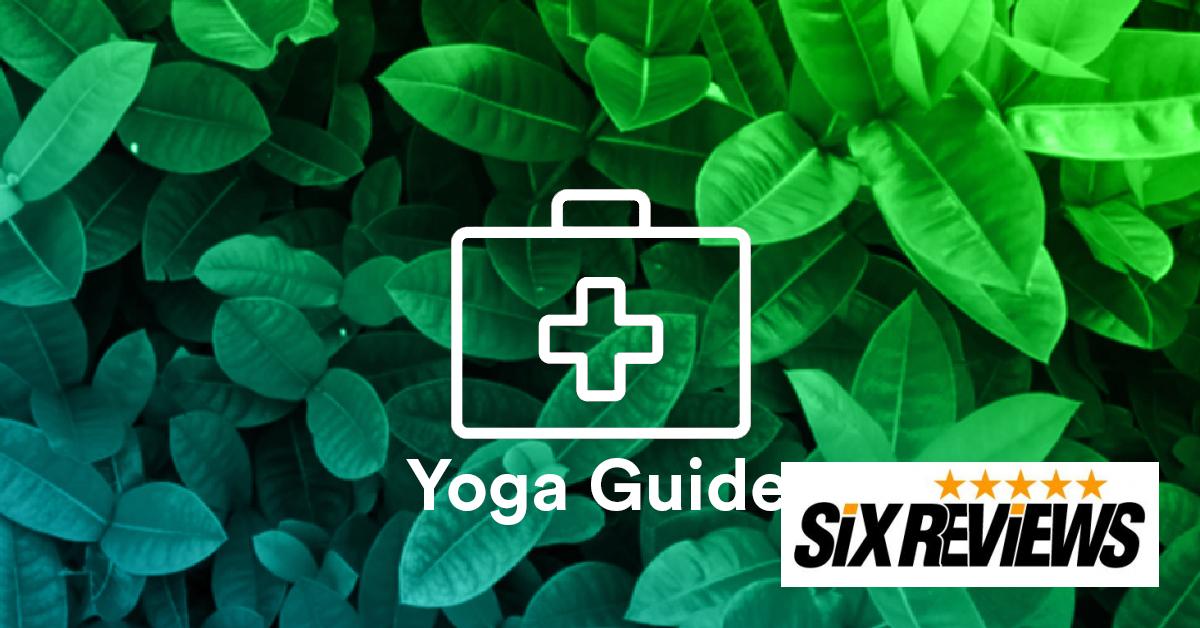There are many different emotional and physical advantages of doing yoga daily. While yoga can intimidate you, there is nothing to worry about. Even for beginners or those who have long been idle, may be the ideal solution. Attending your first class is the only thing you need to launch. But before then, you should read our guide to for beginners and find out everything you may like to explore for the first time.
Benefits of Yoga

This is a worldwide movement that millions of individuals learn and enjoy. Where yoga got its name is the Sanskrit word “yuj,” which means to merge or unite. The union between the physical and metaphysical worlds of your body is just what the practice of it is all about, according to Ananda.org[1].
It is free to everyone, though. So, if you would rather concentrate on one part or the other, you may. There have been many approaches to the exercise in the past, after all. According to Its Fundamental, yoga dates back to some 5000 years ago. [2]
Whatever part of yoga you want to concentrate on, remember that through a whole host of beneficial effects, it will control both your body and mind. The American Osteopathic Association[3] states that there are multiple benefits of it, including:
– Raised levels of energy
– Reduced anxiety
– Encourages increased circulation
– Enhances muscles
– Improves agility
– Decreases inflammation
– Improves concentration and attention
– Makes you relax
– Balance of advantages
Most Popular Yoga Types

The first thing you need to decide if you’re new to the discipline is which style is right for you, and it comes in several multiple variations. Have a peek at some of the forms that are most common below.
Hatha
To explain yoga, Hatha [4] is used as a phrase. A relation between poses and breathing is the emphasis of this style of ancient practice and it often appears to have a more relaxing tempo, meaning you have to keep poses for longer. Hatha is ideal for both beginners and professionals who choose to remain in various poses longer.
Ashtanga
Ashtanga[5] is another good variant for beginners because before going on to the next set, practitioners practice on the same poses for each lesson. Try attending an ashtanga lesson if you’re a perfectionist at heart trying to learn movements.
Vinyasa
If you want a faster-paced style of it, then Vinyasa[6] would be a fantastic alternative for you. Practitioners have to fluidly pass through several poses and sequences in this version of yoga while keeping proper breathing.
Yin
You will have to perform different positions for a few minutes while taking a Yin class[7] while concentrating on your body and calming. Owing to having to perform poses for a longer period of time, this is a more meditative style of this art.
Bikram
A class for Bikram consists of a set of asanas or poses and two different methods of breathing. What makes this variety particularly stand out, though, is the fact that you practice in a warm space, which helps you to stretch even further.
Kundalini
The ultimate goal of Kundalini is meditation and deep breathing aimed at stimulating energy centers or chakras and moving you towards higher consciousness. [9] The
Tips for Getting started
Now that you know a little bit about the most common forms of ita, it’s time for you to train for your very first lesson. Here’s what you should know prior to setting out:
- Wear casual clothes that allow you to stretch. Down, a pair of running shorts or pants are perfect, and up top, you might want to wear two layers so that when you warm up, you can remove one.
- Carry a mat of your own. People leave a lot of sweat on their mat, but several studios let you rent, so we suggest buying your own.
- Early get there. The exercise is about relaxation, so by being late, do not make yourself overly anxious.
- Expect yourself to feel a bit crowded. That may not always be the case, but you will have to share with fellow classmates a comparatively limited amount of room.
- For socks, you should leave them out. Be sure that you leave them in your pockets so that your friend doesn’t trip on you.
- There could be chanting involved. You could finish and start each session with a little “om” but you don’t have to join in.
- Poses can be pointed out In English or Sanskrit. Some teachers use the names of English poses and other Sanskrit ones, but don’t worry, you’ll get used to it fast.
- Any modifications would be appropriate for you. Many beginners need to adapt when they practice poses, but because it’s normal, don’t let this deter you.
[1] https://www.ananda.org/yogapedia/yoga/
[2] http://www.yogabasics.com/learn/history-of-yoga/
[3] https://osteopathic.org/what-is-osteopathic-medicine/benefits-of-yoga/
[4] https://en.wikipedia.org/wiki/Hatha_yoga
[5] https://en.wikipedia.org/wiki/Ashtanga_vinyasa_yoga
[6] https://en.wikipedia.org/wiki/Viny%C4%81sa
[7] https://en.wikipedia.org/wiki/Yin_Yoga
[8] https://en.wikipedia.org/wiki/Bikram_Yoga
[9] https://en.wikipedia.org/wiki/Kundalini_yoga

